Home>Furniture>Bedroom Furniture>How To Fix A Sofa Bed Frame
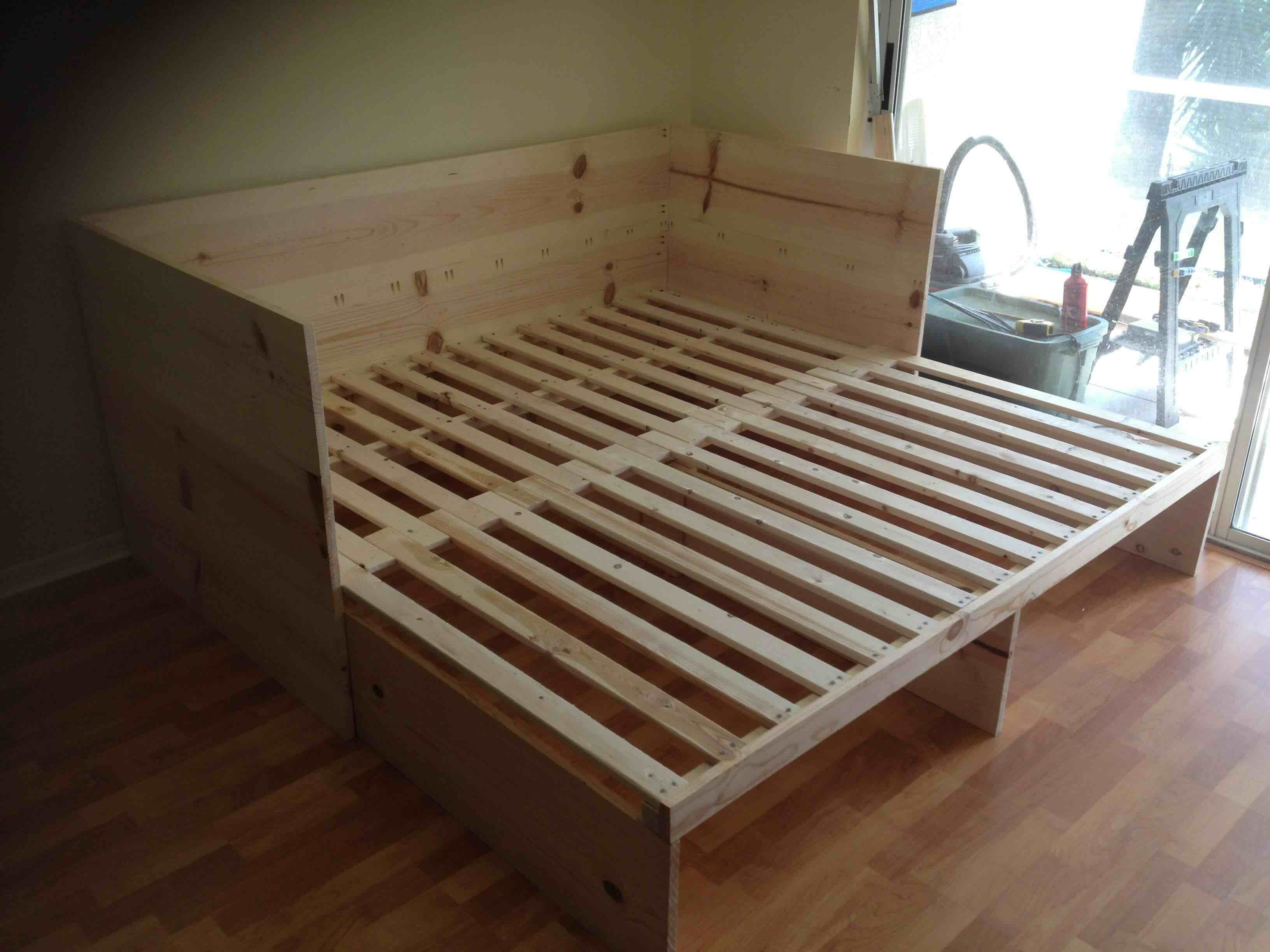

Bedroom Furniture
How To Fix A Sofa Bed Frame
Modified: December 7, 2023
Learn how to fix your sofa bed frame with these easy step-by-step instructions. Upgrade your bedroom furniture with our helpful guide.
(Many of the links in this article redirect to a specific reviewed product. Your purchase of these products through affiliate links helps to generate commission for Storables.com, at no extra cost. Learn more)
Introduction
Welcome to our guide on how to fix a sofa bed frame! A sofa bed is a versatile piece of furniture that provides both seating and sleeping options, making it a popular choice for many households. However, over time, the frame can become worn and damaged, leading to an uncomfortable sleeping experience or even rendering the sofa bed unusable.
In this article, we will walk you through the steps to fix a sofa bed frame, allowing you to restore its functionality and prolong its lifespan. Whether you’re dealing with loose screws, broken slats, or weak areas, we will provide you with practical solutions to address these issues and get your sofa bed back in shape.
Before we dive into the details, it’s important to note that certain repairs may require basic carpentry skills or the use of specific tools. If you’re unsure about your abilities or the severity of the damage, it’s always a good idea to consult a professional. Safety should be your top priority throughout the process, so proceed with caution and wear protective gear when necessary.
Now, let’s get started on fixing your sofa bed frame and restoring its comfort and functionality!
Key Takeaways:
- Regular maintenance and timely repairs, such as tightening screws and lubricating hinges, can extend the lifespan of a sofa bed frame, ensuring a comfortable and reliable sleeping surface for years to come.
- By following a step-by-step process to inspect, repair, and reinforce the frame, individuals can restore the functionality of their sofa bed, providing both seating and sleeping options for household members and guests.
Read more: How To Fix A Bed Frame
Step 1: Remove the mattress and cushions
The first step in fixing a sofa bed frame is to remove the mattress and cushions. This will give you clear access to the frame and allow you to assess its condition more effectively. Make sure to store the mattress and cushions in a safe and clean area to prevent any damage or dirt accumulation.
Start by removing any bedding or covers from the mattress. If the mattress is heavy or awkward to handle, you may need assistance to safely lift and move it away from the frame. Be cautious of any protruding metal parts or sharp edges that could cause injury.
Next, remove the cushions from the sofa bed. This may involve simply lifting them off or unzipping them, depending on the design of the sofa bed. Again, be mindful of any potential hazards, such as loose springs or hidden mechanisms.
Once the mattress and cushions have been removed, take a moment to inspect them for any signs of damage. Look for sagging, tears, or worn-out areas. If necessary, consider replacing or repairing any damaged parts to ensure optimal comfort and support when the sofa bed is in use.
By removing the mattress and cushions, you have created a clear workspace to tackle the repairs and improvements needed for the sofa bed frame. Now, let’s move on to the next step: inspecting the frame for any damage.
Step 2: Inspect the frame for damage
After removing the mattress and cushions, it’s time to carefully inspect the sofa bed frame for any signs of damage. This step is crucial in identifying the areas that require repair or reinforcement.
Start by visually examining the frame for obvious issues such as cracks, breaks, or loose joints. Pay close attention to the areas where the frame is connected, such as the corners and the support beams. Look for any signs of wear and tear, including splintered wood, rusted metal parts, or bent components.
Use your hands to gently apply pressure and test the stability of the frame. Wiggle it back and forth to see if there is any excessive movement or instability. Take note of any squeaking or creaking sounds, as they might indicate loose or damaged parts.
If you have a metal frame sofa bed, carefully inspect the metal components for signs of corrosion or rust. Use a damp cloth to wipe away any dirt or debris that may hinder your inspection. If you notice any severe rust or corrosion, consider using a rust remover or contacting a professional for assistance.
For wooden frames, check for any signs of wood rot or insect infestation. Look for areas that appear softer or discolored, as this can indicate decay. If you suspect wood rot, it may be necessary to replace the affected parts.
During this inspection, pay attention to the condition of the hinge mechanisms that allow the sofa bed to fold and unfold. Make sure they are functioning smoothly without any resistance or obstructions.
By thoroughly inspecting the frame, you will have a clearer understanding of the extent of the damage and the specific areas that require attention. In the next step, we will discuss how to tighten any loose screws or bolts that may be contributing to the frame’s instability.
Step 3: Tighten loose screws and bolts
One common issue with sofa bed frames is the presence of loose screws and bolts. Over time, the constant use of the sofa bed can cause these fasteners to become loose, compromising the stability of the frame. In this step, we will guide you through the process of tightening these screws and bolts to ensure a secure and sturdy frame.
Start by thoroughly examining the frame and identifying any screws or bolts that appear loose. Use a screwdriver or wrench, depending on the type of fastener, to tighten them. Turn the screwdriver or wrench clockwise to tighten the fasteners. Make sure not to overtighten, as this can strip the threads or damage the surrounding material.
If you encounter any stripped screws or bolts that cannot be tightened, you may need to replace them. Take note of the size and type of the fastener and purchase suitable replacements from a hardware store. Be sure to use the correct tools for removal and installation to avoid causing further damage.
It’s important to check not only visible screws and bolts but also those hidden within the frame. Sofa bed frames often have multiple layers or panels that can be accessed by removing cushions or covers. Carefully remove these components to access the internal fasteners and tighten them as necessary.
While tightening screws and bolts, pay attention to any areas where there may be multiple fasteners close together. Make sure to distribute the tightening force evenly among them to prevent potential damage or strain in one particular area.
After tightening all loose screws and bolts, give the frame a gentle shake to check its stability. If you notice any remaining wobbling or instability, reinspect the frame to ensure all fasteners have been adequately tightened. If necessary, enlist the help of a friend or family member to hold the frame steady while you tighten the fasteners.
By tightening the loose screws and bolts, you have taken a crucial step towards improving the stability and functionality of the sofa bed frame. In the next step, we will discuss how to repair or replace broken slats or supports.
Step 4: Repair or replace broken slats or supports
In this step, we will address the issue of broken slats or supports in the sofa bed frame. Over time, these components can weaken or break, leading to an uneven or unsupportive sleeping surface. To restore the comfort and functionality of your sofa bed, it’s important to repair or replace these damaged parts.
Start by identifying the broken or damaged slats or supports. Remove any covering or fabric that may be concealing them to get a clear view. Evaluate the extent of the damage – if the slat or support can be repaired, you may choose to fix it. However, if the damage is severe or beyond repair, replacement may be the best option.
If the slat or support can be repaired, use wood glue and clamps or sturdy brackets to secure the broken pieces together. Apply the wood glue according to the manufacturer’s instructions and press the pieces firmly together. Use clamps to hold the pieces in place until the glue dries. For added support, you can reinforce the repaired area with screws or additional brackets.
If the slat or support is beyond repair, it’s important to replace it to maintain the integrity of the frame. Measure the length and thickness of the broken piece to ensure you purchase a suitable replacement. Visit a hardware store or contact the sofa bed manufacturer to obtain the correct replacement part.
To replace the slat or support, carefully remove the damaged piece from the frame. Position the new slat or support in its place and secure it using screws or brackets, following the manufacturer’s instructions. Make sure the replacement component is properly aligned and flush with the surrounding structure.
During this process, it’s advisable to check the other slats or supports for any signs of damage. Inspect them thoroughly and make any necessary repairs or replacements to ensure the overall stability and longevity of the frame.
Once you have repaired or replaced the broken slats or supports, test the sofa bed to ensure it provides a solid and comfortable sleeping surface. If the repairs have been successful, you can move on to the next step, which involves reinforcing weak areas with brackets or braces.
Check the sofa bed frame for any loose or broken parts. Tighten any screws or bolts and replace any damaged components. This can help to stabilize the frame and prevent further damage.
Read more: How To Fix A Sagging Bed Frame
Step 5: Reinforce weak areas with brackets or braces
In this step, we will focus on reinforcing weak areas of the sofa bed frame using brackets or braces. Over time, certain parts of the frame may become weakened or compromised, leading to instability or potential future damage. Reinforcing these weak areas will help to prolong the lifespan of the sofa bed and ensure its structural integrity.
Start by identifying the weak areas in the frame. These may include corners, connection points, or spots where the frame has shown signs of wear or distress. Pay attention to any areas that feel loose or wobbly when pressure is applied.
Next, choose the appropriate type of bracket or brace for reinforcement. There are various options available, including L-brackets, corner braces, and angle brackets. Consider the specific needs of your sofa bed frame and select the brackets or braces that will provide the strongest support in the weak areas.
Position the bracket or brace in the desired location and mark the screw holes. Pre-drill the screw holes to make installation easier and prevent any wood splitting. Align the bracket or brace with the holes and secure it in place using screws or bolts that are appropriate for the frame material.
Repeat this process for each weak area that requires reinforcement. Make sure to distribute the brackets or braces evenly to achieve a balanced reinforcement throughout the frame. Double-check the tightness of the screws or bolts to ensure a secure attachment.
When installing brackets or braces, it’s important to follow the manufacturer’s instructions and use the recommended fasteners. Using improper or insufficient hardware can compromise the effectiveness of the reinforcement.
After reinforcing the weak areas with brackets or braces, test the stability of the sofa bed frame. Apply pressure and ensure there is minimal movement or wobbling in the previously weak areas. The reinforced brackets or braces should significantly strengthen the frame, providing a solid and secure structure.
By reinforcing the weak areas with brackets or braces, you have taken an important step in preventing future damage and prolonging the life of your sofa bed frame. In the next step, we will discuss how to lubricate hinges and moving parts to ensure smooth operation.
Step 6: Lubricate hinges and moving parts
In this step, we will focus on lubricating the hinges and moving parts of the sofa bed frame. Continuous use and friction can cause these components to become stiff or squeaky over time. By applying lubrication, you can ensure smooth operation and prevent unnecessary wear and tear.
Start by identifying the hinges and moving parts that require lubrication. These may include the hinges that allow the sofa bed to fold and unfold, the slide mechanisms, or any other areas where metal parts rub against each other.
Choose a suitable lubricant for the specific components. For metal hinges and moving parts, a general-purpose household oil or silicone-based lubricant works well. Avoid using any lubricants that may attract dust or leave residues that could stain fabrics.
Apply a small amount of lubricant to the hinges and moving parts. Use a cloth or a small brush to distribute the lubricant evenly, ensuring all surfaces are coated. Be cautious not to apply excessive amounts, as it may lead to residue buildup or make the parts excessively slippery.
Once the lubricant is applied, work the hinges or moving parts back and forth to distribute the lubricant and loosen any stiffness. This will help the lubricant penetrate the tight areas and ensure smooth operation.
If you encounter any stubborn or squeaky areas, repeat the lubrication process and allow the lubricant to sit for a few minutes. Sometimes, additional applications may be necessary to fully eliminate the squeaking or stiffness.
After lubricating the hinges and moving parts, test the sofa bed to ensure the smooth operation of the folding and unfolding mechanisms. Pay attention to any remaining stiffness or squeaking sounds and reapply lubricant as needed.
Regular maintenance of the hinges and moving parts, including periodic lubrication, will help to keep the sofa bed frame functioning smoothly and prevent unnecessary strain on the components. In the final step, we will discuss how to test the repaired sofa bed frame and ensure that it is in optimal working condition.
Step 7: Test the repaired sofa bed frame
In this final step, it’s time to test the repaired sofa bed frame to ensure that all the previous steps have been successful. Testing the frame will give you the confidence that it is in optimal working condition and ready to provide a comfortable and functional sleeping surface.
Start by carefully folding and unfolding the sofa bed. Pay attention to any resistance or difficulty in the process. The frame should move smoothly without any obstructions or jamming. If you encounter any issues, go back and inspect the specific area that is causing the problem.
Once the sofa bed is unfolded, verify that it locks securely in place. The frame should not collapse or move unexpectedly when weight is applied. Test the stability of the frame by sitting or lying down on the bed. It should provide adequate support without sagging or feeling unstable.
Check the repaired or replaced slats and supports. They should be sturdy and provide even support across the mattress. Press down on different areas to ensure there are no weak spots or discomfort. If necessary, make any additional adjustments or refinements to improve the support and comfort.
Listen for any squeaking or creaking sounds as you move on the mattress. If you notice any noises, it may indicate that certain areas need further lubrication or tightening. Address these issues promptly to ensure a quiet and enjoyable sleeping experience.
Finally, inspect the overall appearance of the sofa bed frame. Make sure that all screws and bolts are tight and properly aligned. Check for any loose fabric or upholstery that may need to be reattached or repaired.
If everything checks out during the testing process, congratulations! You have successfully fixed your sofa bed frame and restored its functionality. You can now enjoy a comfortable and reliable sofa bed for years to come.
However, if you encounter any persistent issues or feel unsure about the repairs, it’s always a good idea to consult a professional. They can offer further guidance and ensure that your sofa bed frame is in optimal working condition.
And that concludes our guide on how to fix a sofa bed frame. We hope this step-by-step process has been helpful in assisting you with your repairs. Remember, regular maintenance and periodic inspections will help to prevent future issues and extend the lifespan of your sofa bed frame.
Conclusion
Fixing a sofa bed frame may seem like a daunting task, but with the right knowledge and guidance, it is completely achievable. By following the steps outlined in this guide, you can repair common issues, reinforce weak areas, and ensure smooth operation of the sofa bed frame.
Remember, safety should always be a priority throughout the repair process. Take your time and wear protective gear when necessary. If you feel unsure about your abilities or the severity of the damage, it’s always best to consult a professional.
By removing the mattress and cushions, inspecting the frame for damage, tightening loose screws and bolts, repairing or replacing broken slats or supports, reinforcing weak areas with brackets or braces, lubricating hinges and moving parts, and testing the repaired sofa bed frame, you can effectively address the common issues that arise with sofa beds.
Regular maintenance, including periodic inspections and lubrication, will help to prevent future damage and ensure the longevity of your sofa bed frame. It is also important to address any issues promptly to prevent them from worsening and compromising the overall functionality of the frame.
With a properly repaired and maintained sofa bed frame, you can enjoy a comfortable seating and sleeping experience for years to come. So, roll up your sleeves, gather your tools, and embark on the journey of fixing your sofa bed frame. Your efforts will be rewarded with a durable piece of furniture that enhances your home and provides convenience for both guests and household members alike.
Frequently Asked Questions about How To Fix A Sofa Bed Frame
Was this page helpful?
At Storables.com, we guarantee accurate and reliable information. Our content, validated by Expert Board Contributors, is crafted following stringent Editorial Policies. We're committed to providing you with well-researched, expert-backed insights for all your informational needs.
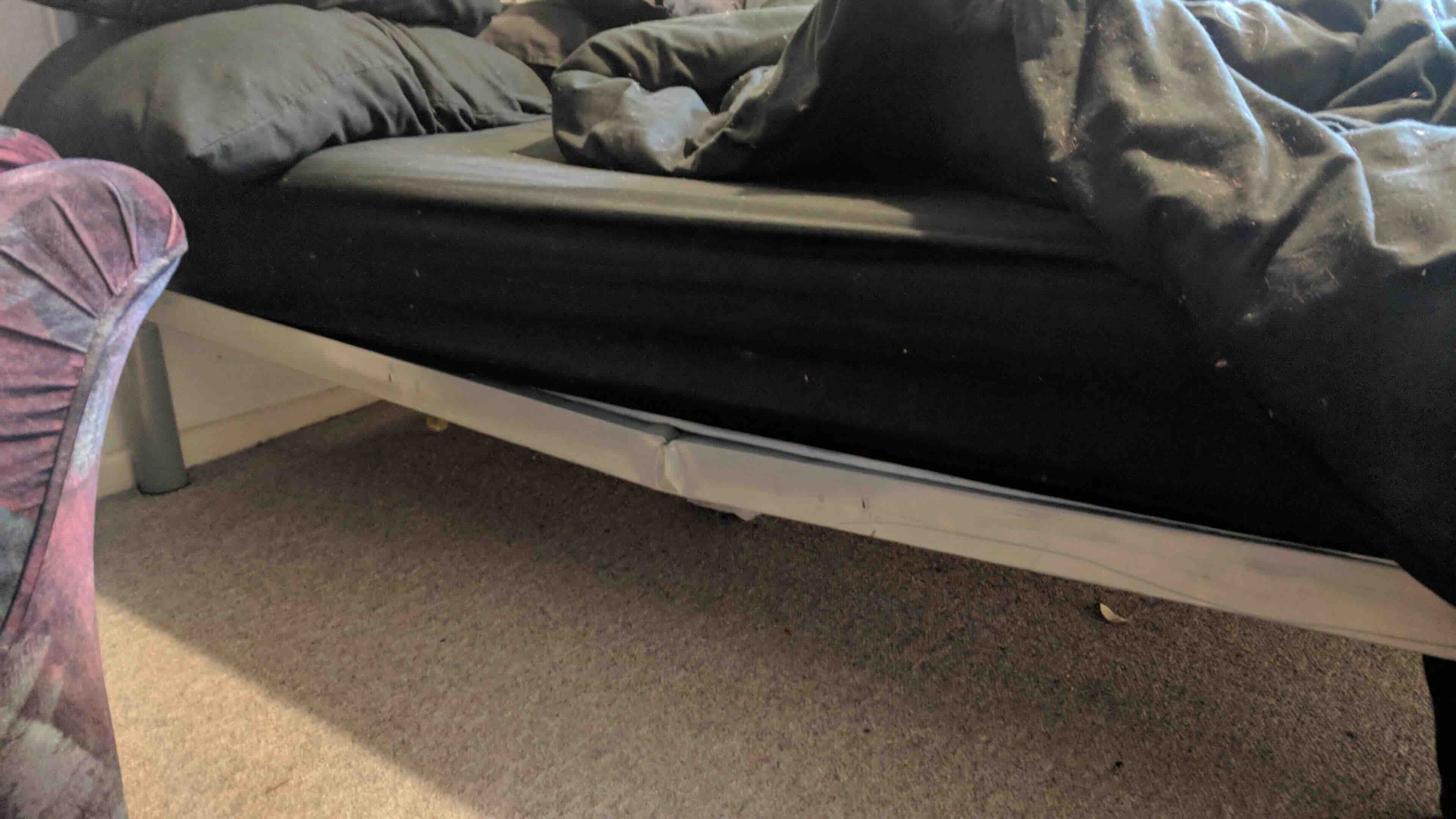
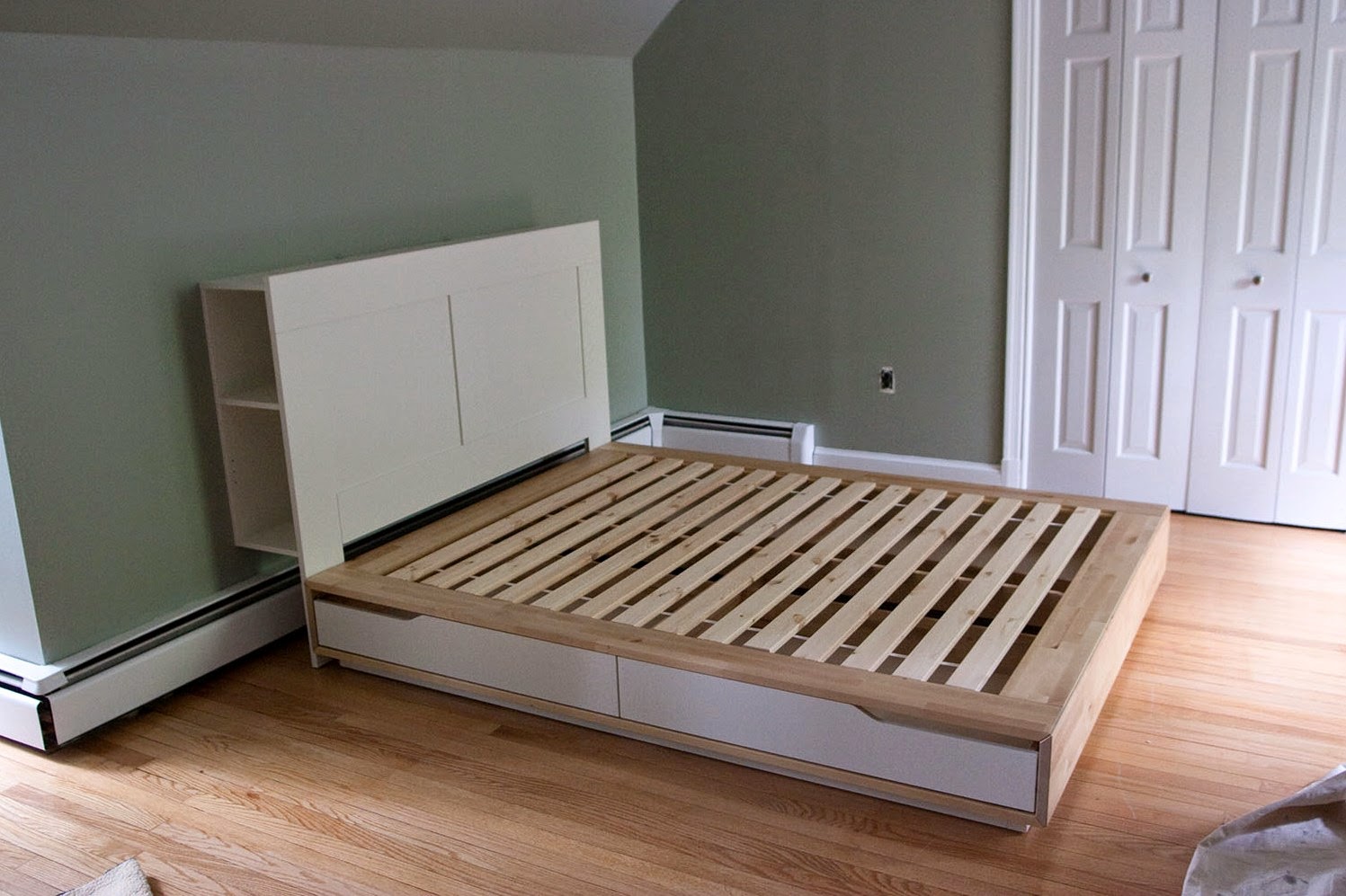
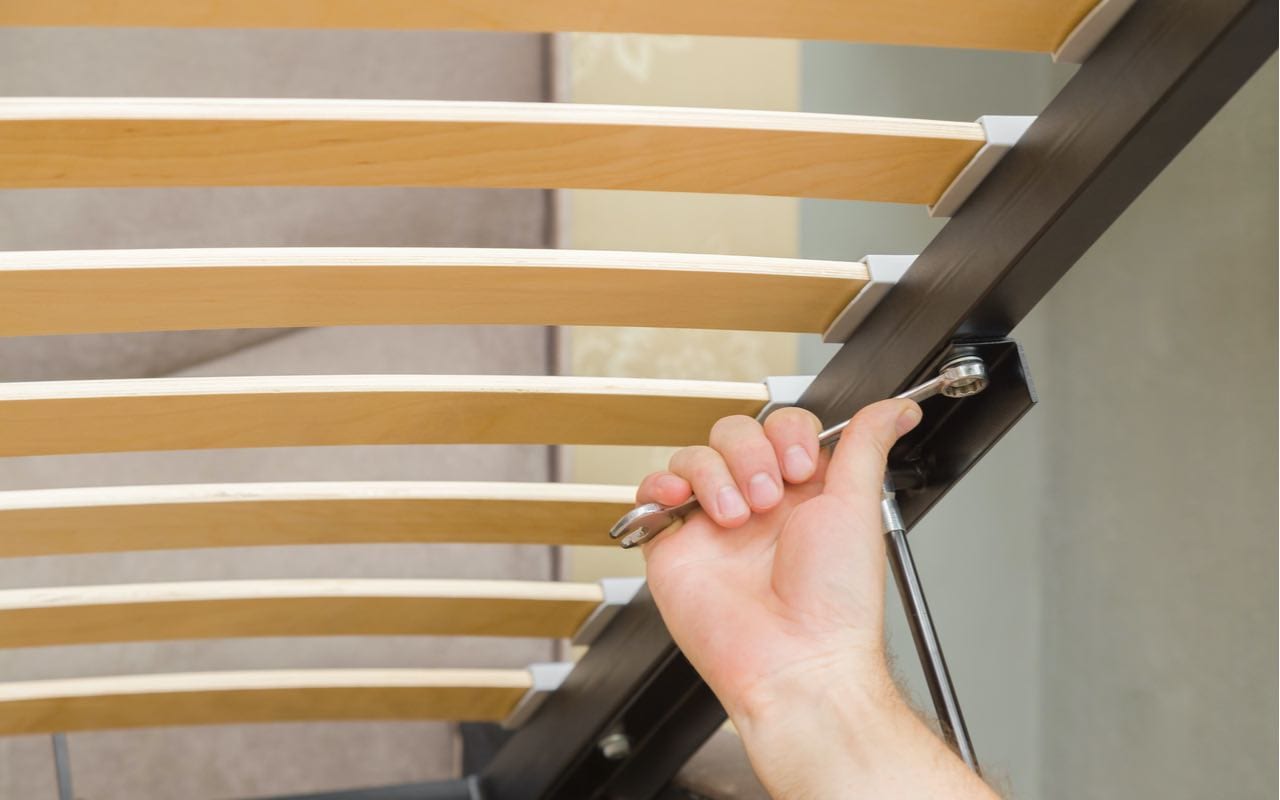
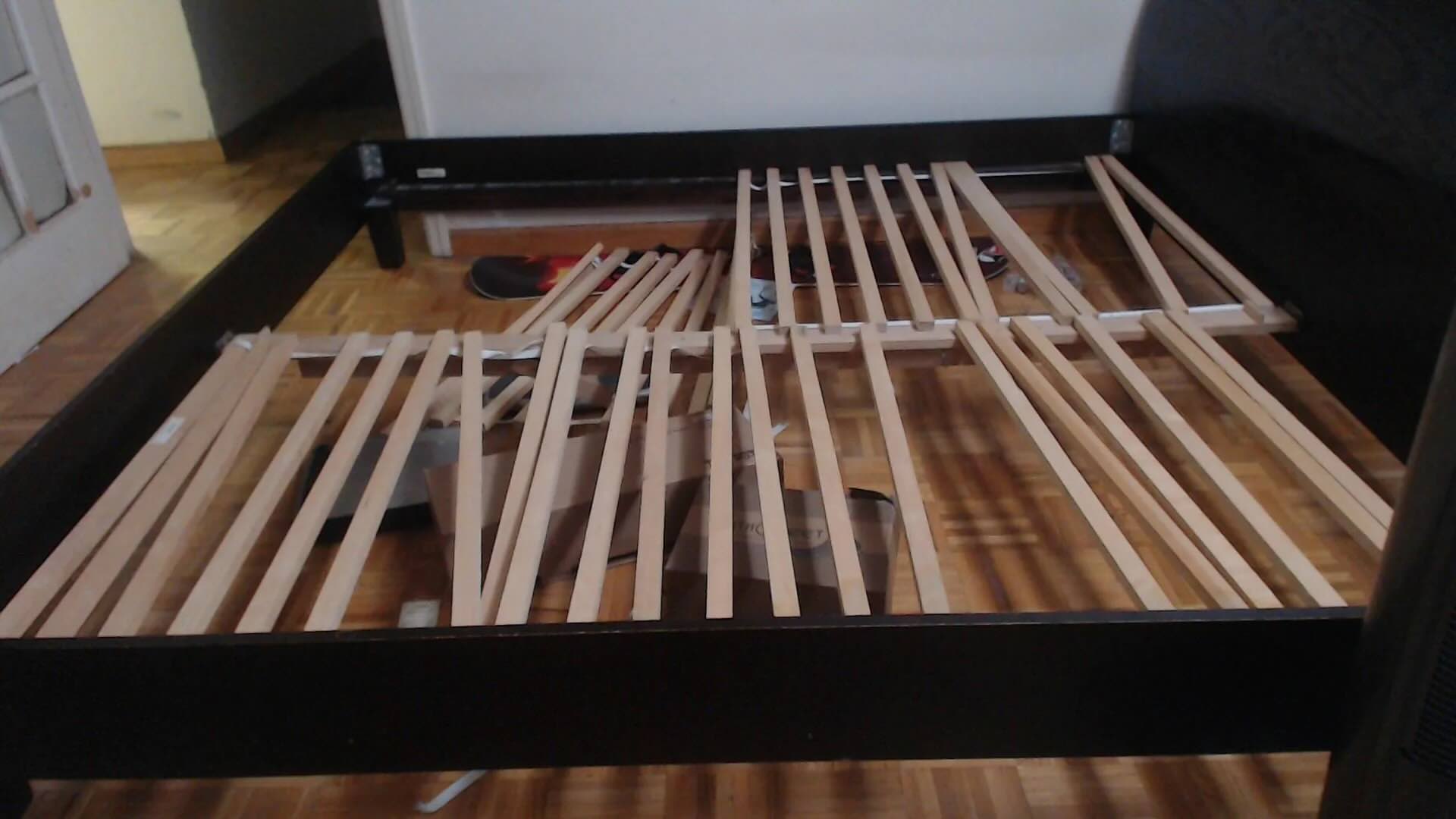
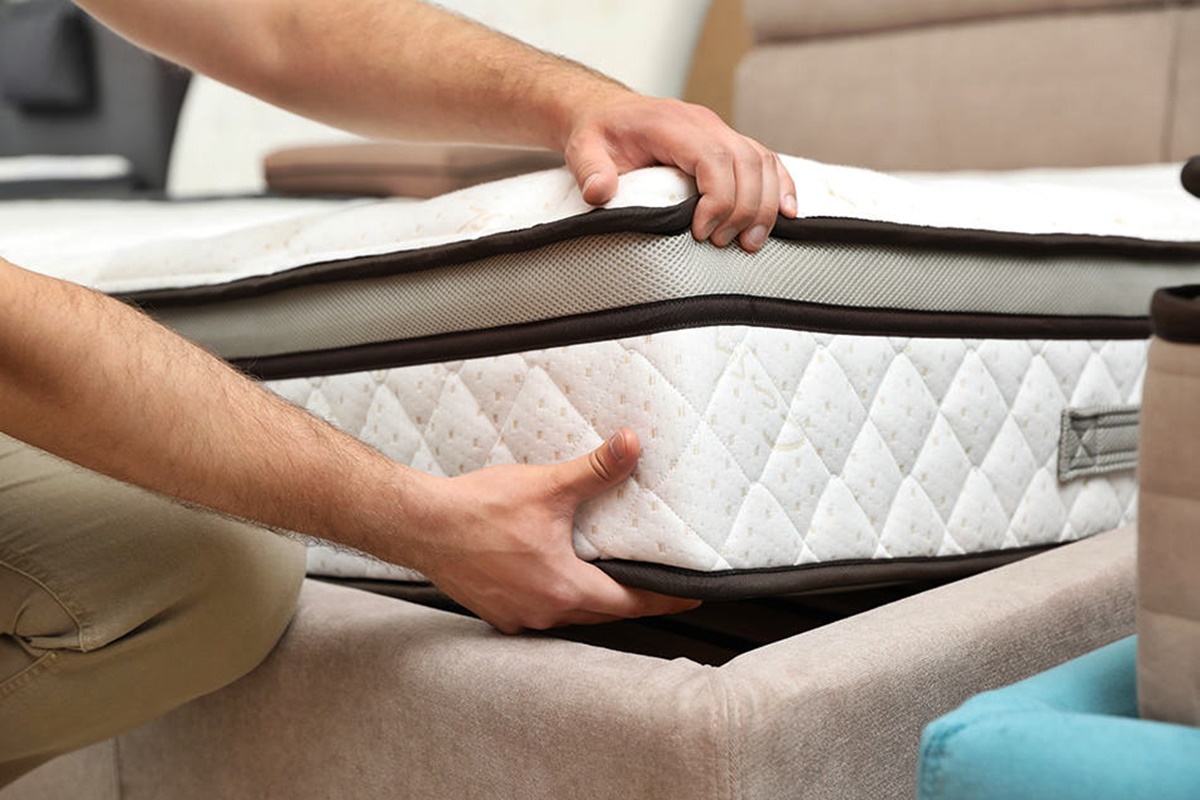
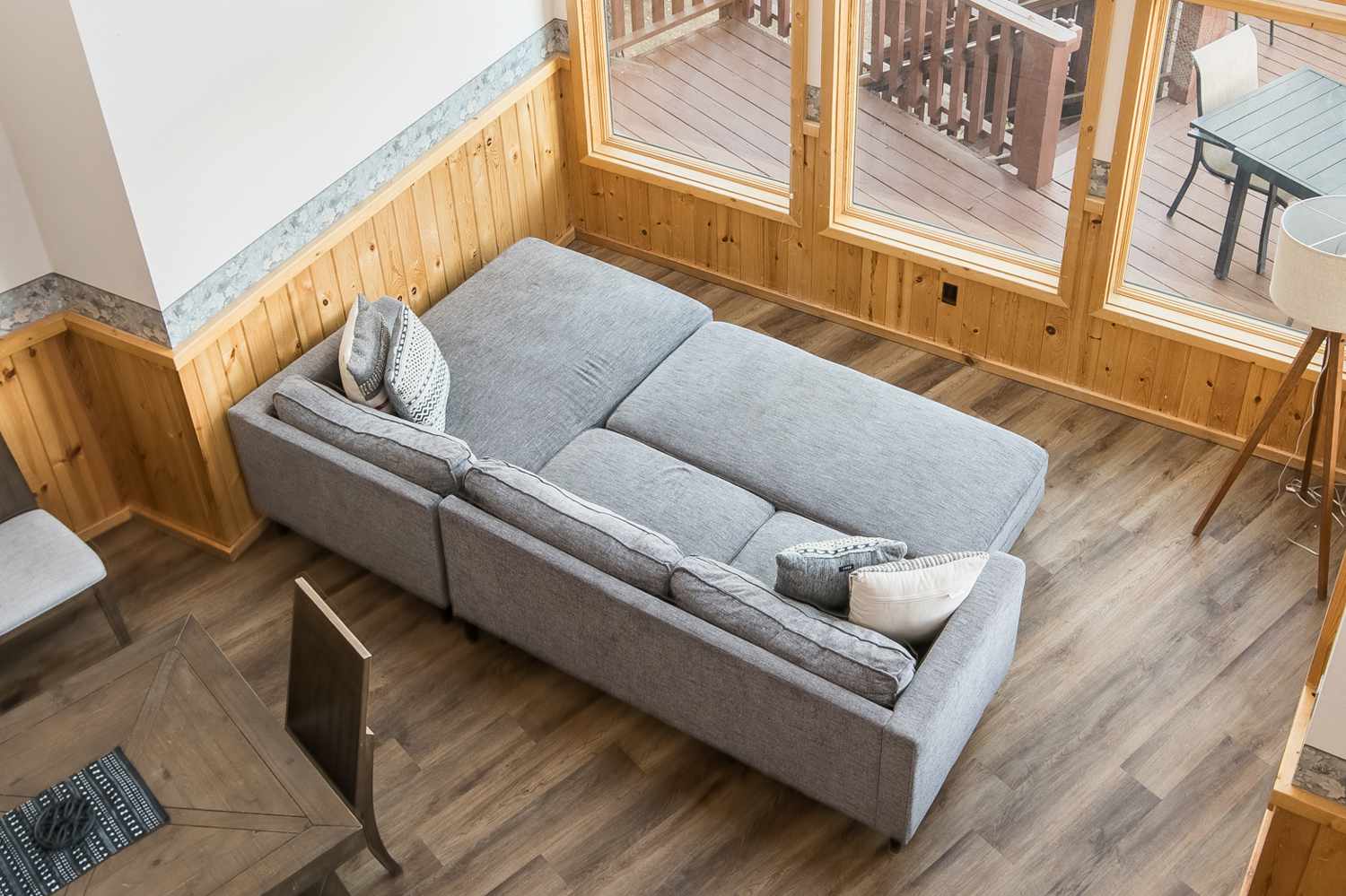

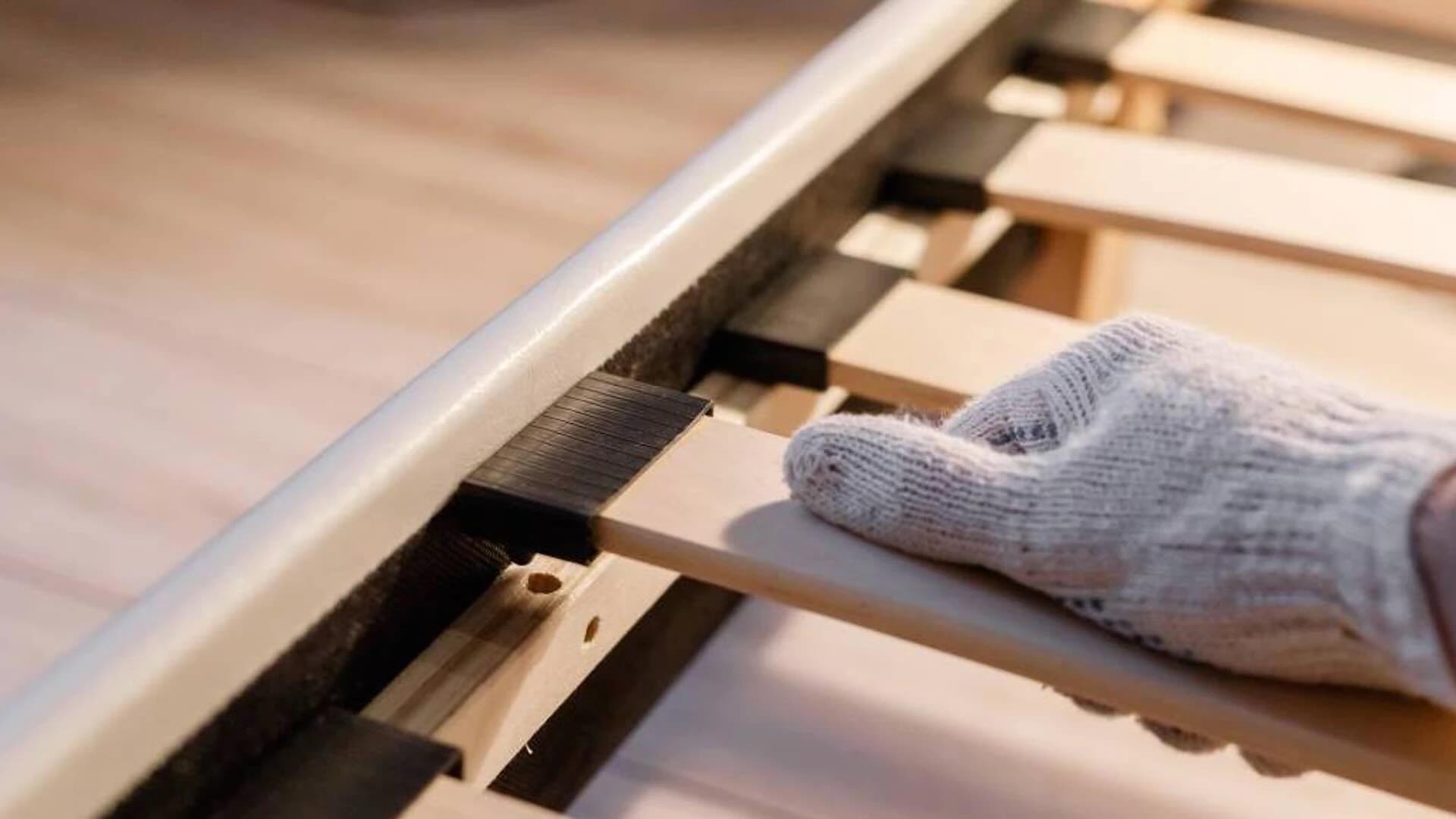

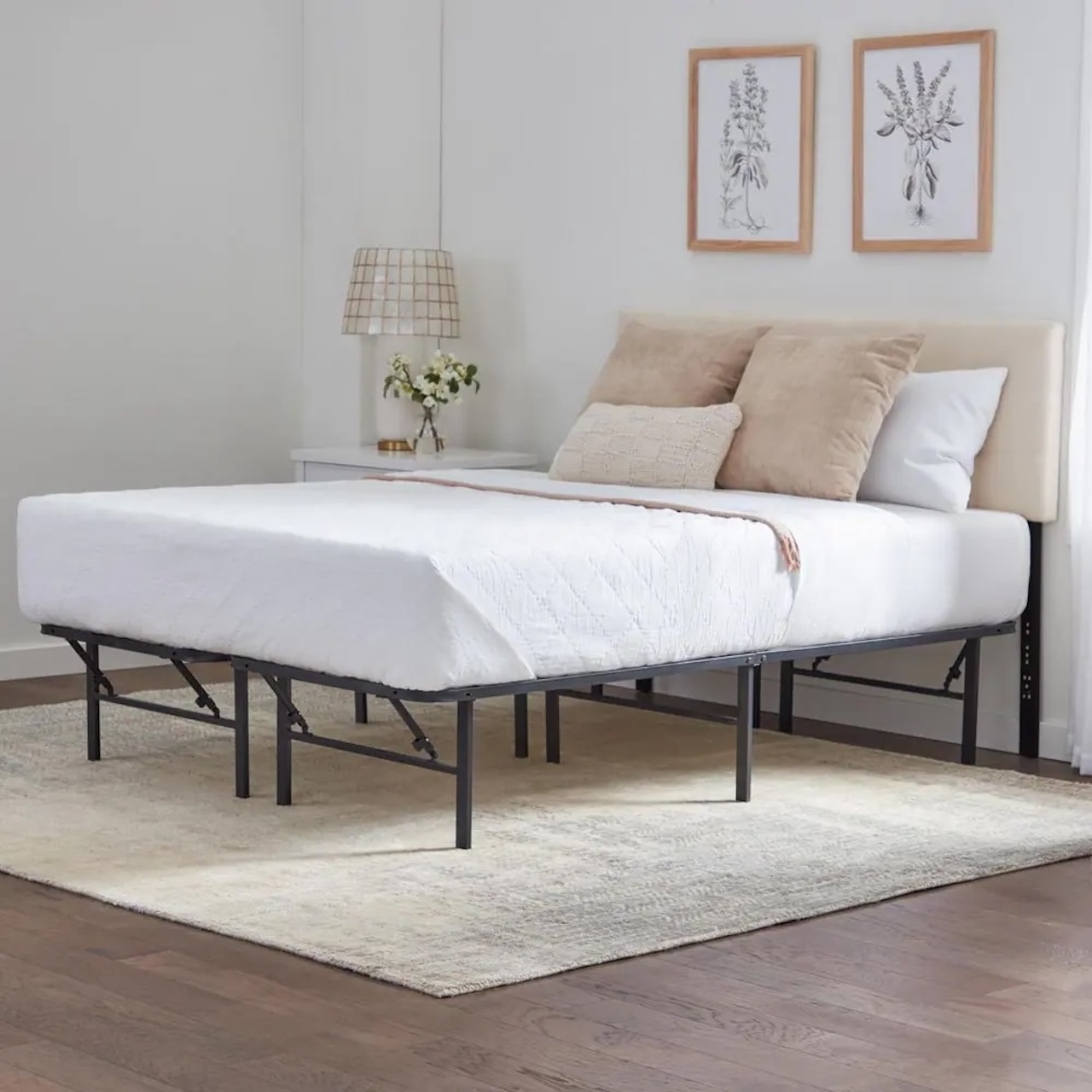
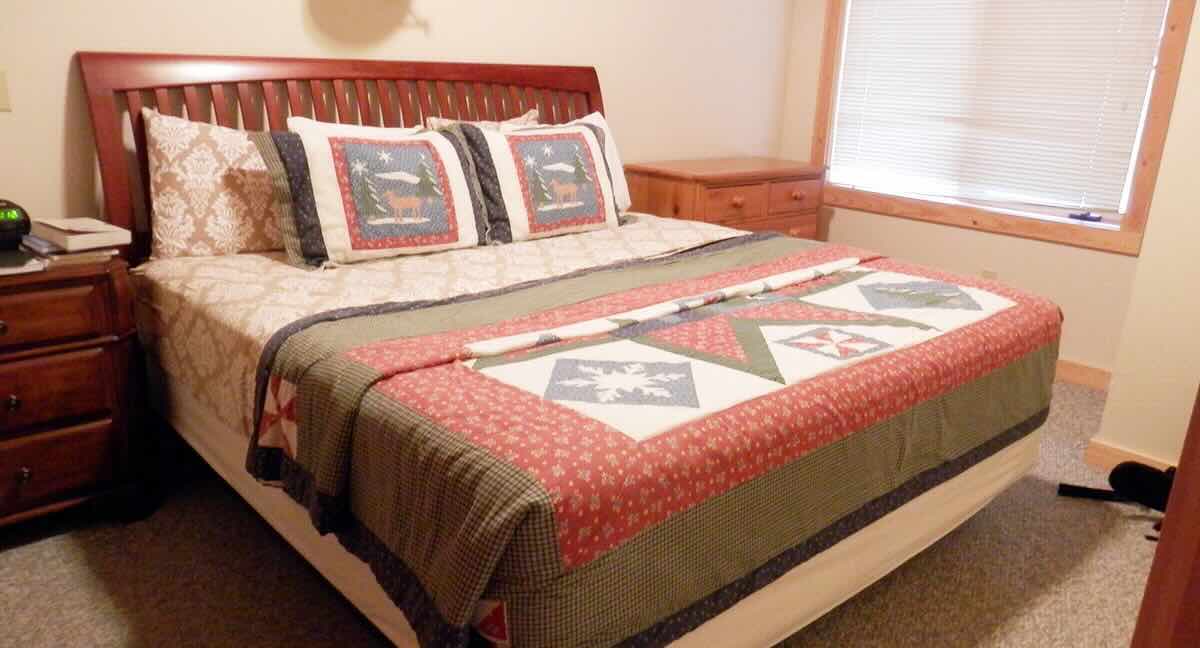
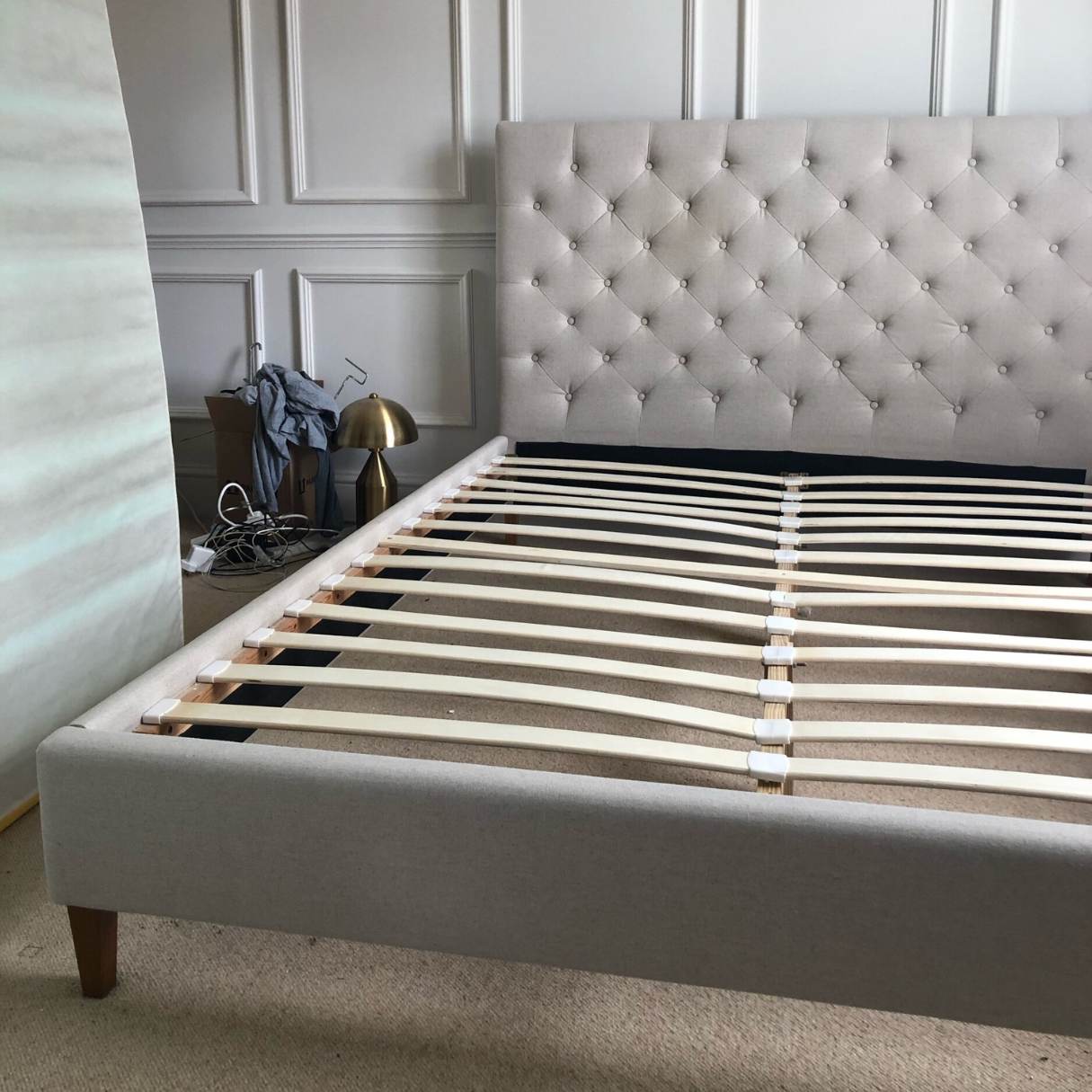
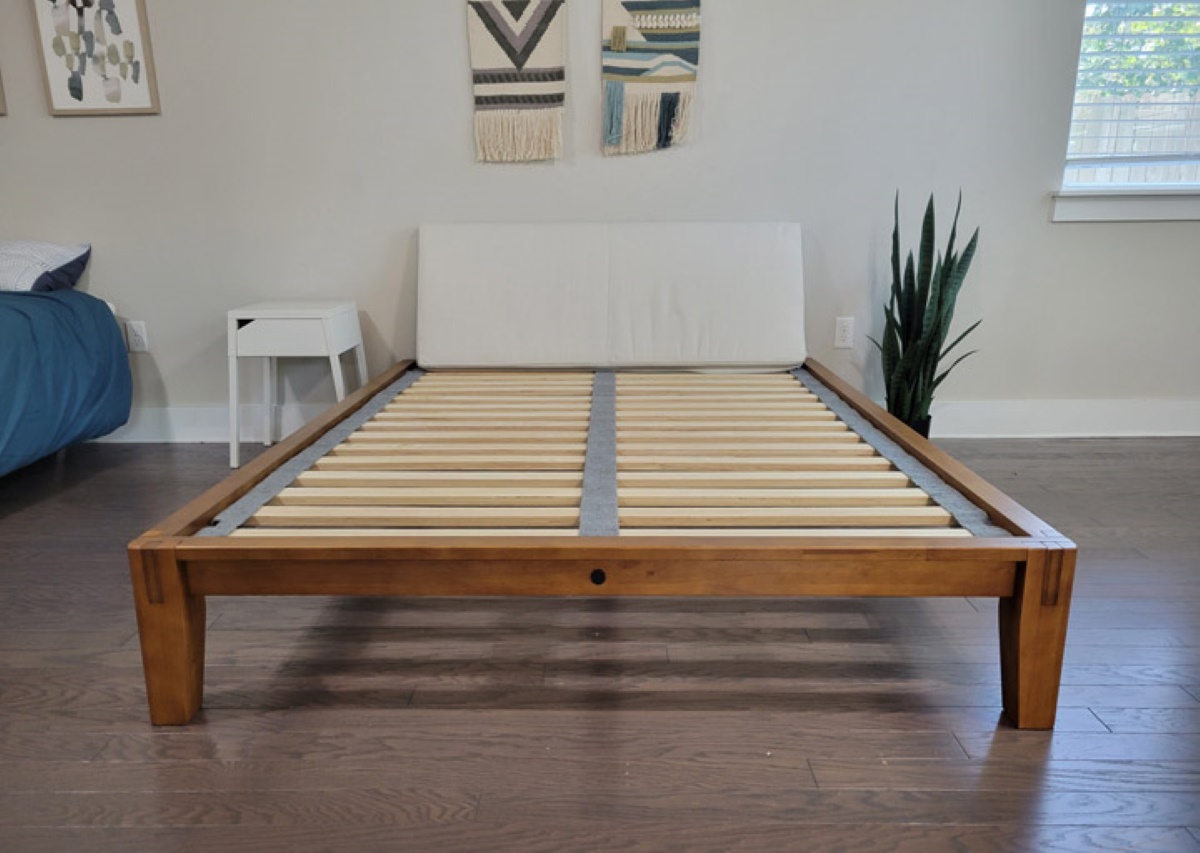


0 thoughts on “How To Fix A Sofa Bed Frame”